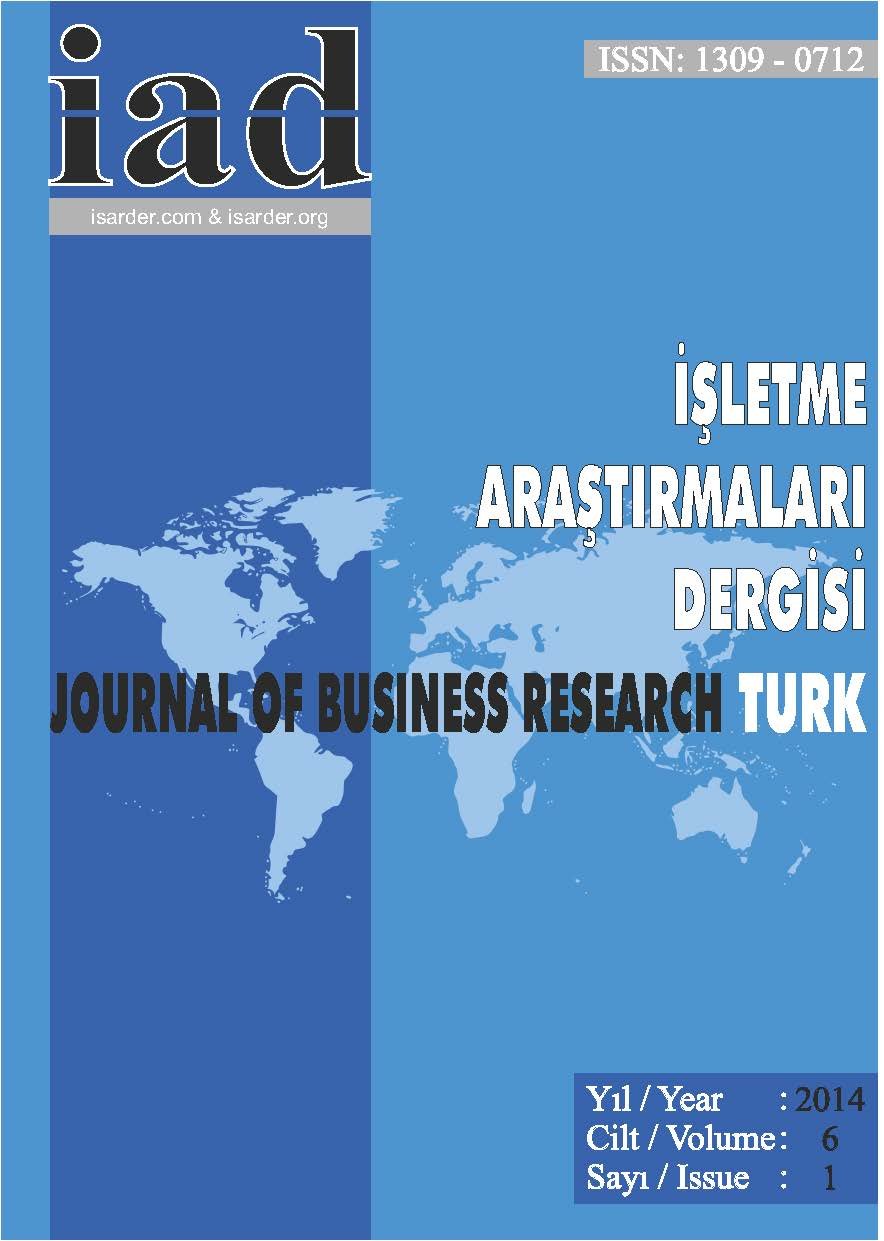Banking and Stock Markets in Iran: Are They Complements or Substitutes
Keywords:
Stock market, Banking sectors, Economic Growth, Structural break, BondsAbstract
In this study, the quarterly data from 1991:4 to 2011:3 have been used to investigate the effect of the relation between banking sector and stock market on economic growth in Iran. The break point obtained by Gregory and Hansen (1996) appears in the first quarter of 2005, which coincides with the period of the remarkable increase in oil and gas revenues. The results of Johansen test shows that higher export income in Iran decreases the substitution of banking and stock market. On the other hand, the relation between turnover and real output decreases after the break point. In addition, the relation between real output and the volatility is negative which reveals that the stock market volatility is a destructive factor for the economic growth. After the break point, considering bonds in the model does not change the results. However, it is a complementary relation between banking sectors and stock markets before the break point.
Downloads
Published
How to Cite
Issue
Section
License

This work is licensed under a Creative Commons Attribution-NoDerivatives 4.0 International License.





